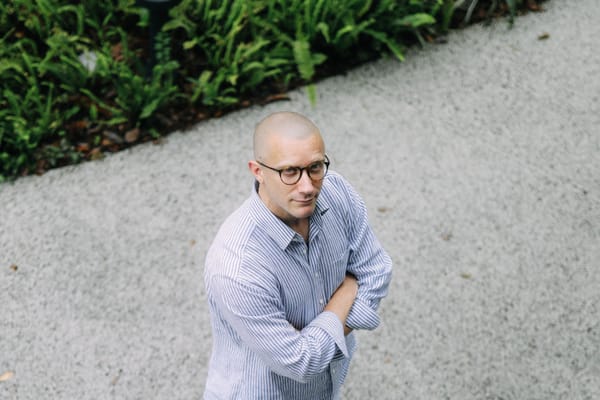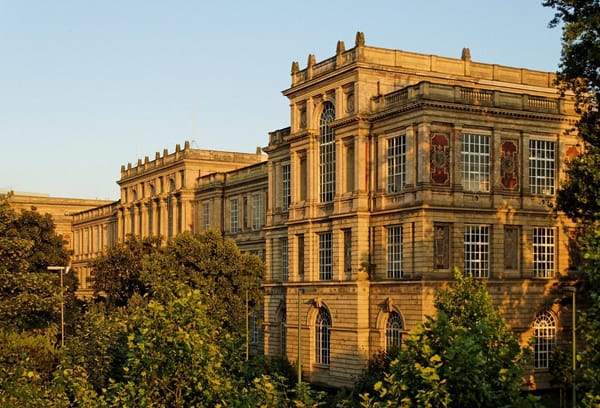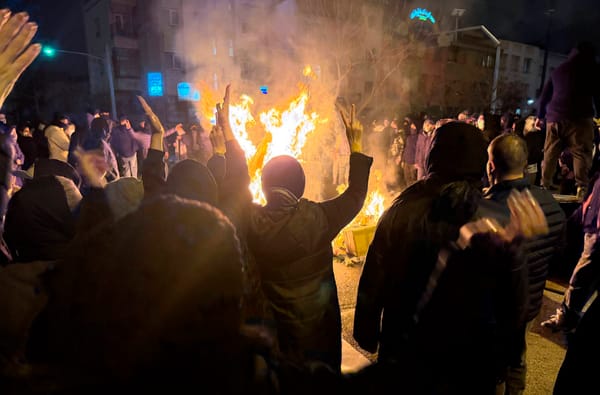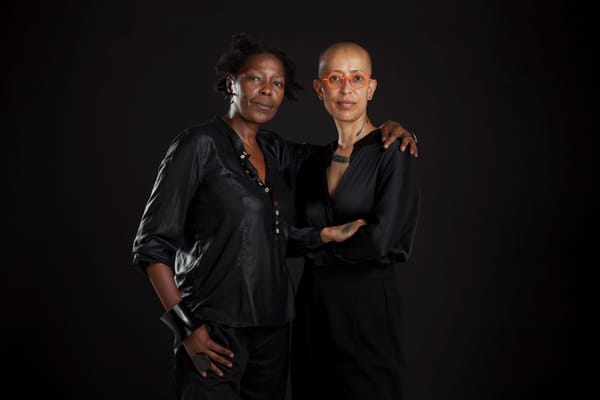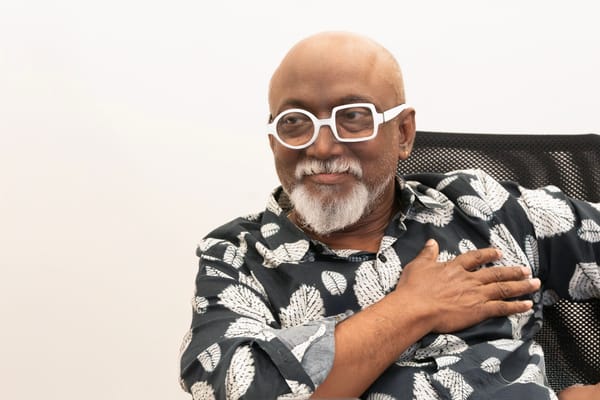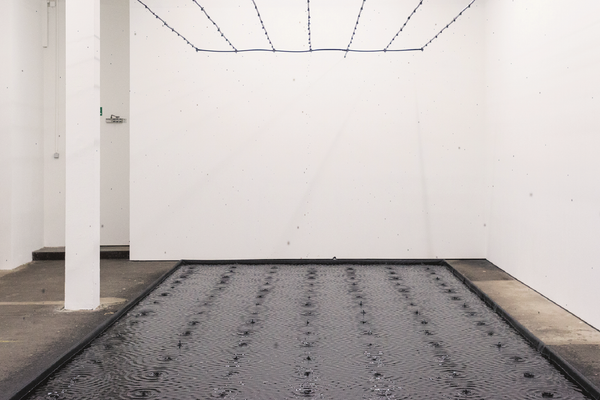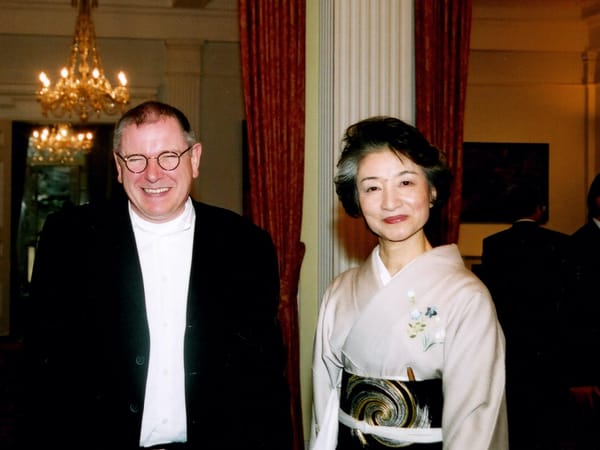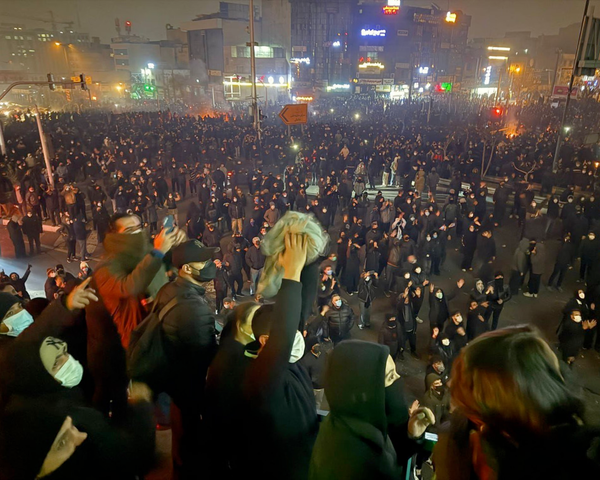News
Park Seo-Bo, 1931–2023


Park Seo-Bo, a legendary Korean artist, teacher, and organizer of influential avant-garde exhibitions, passed away on October 14 at age 91. Often regarded as a pioneer of the Dansaekhwa movement, Park disclosed his stage 3 lung cancer diagnosis earlier this year but denied treatment so that he could continue his artistic practice.
Park was born in Yecheon, Gyeongsangbuk-do, in 1931, when South Korea was still under Japanese occupation. Devastation and conflict were thus major influences on his early artist practice, especially considering the outbreak of the Korean War in 1950 while Park was studying Western and Oriental painting at Hongik University. Because of these circumstances, the young artist learned to work with found materials, including building canvas frames from scrap metal and using leftover supplies from the university. Additionally, Park became acquainted with the Buddhist nun and writer Kim Iryeop, whose meditative practice of emptying oneself through repetitive actions provided lifelong inspiration to the painter.
After graduating in 1954, Park joined several other young, revolutionary artists via the Exhibition of Four Artists and the declaration of anti-kukjon, the National Art Exhibition (kukjon) in 1956, and later the Hyundae Artists Association around the Art Informel principle. In 1961, he received a UNESCO scholarship to study in Paris, yet remained distant from Western artists, who he felt valued purpose over process. In Paris, Park embarked on his dark, biomorphic Primordialis series, from which he later submitted one work to the 1963 Paris Biennale.
Park returned to Korea a year later, in 1962, where he began teaching at Hongik University. By 1967, however, he resigned from his tenured professorship to focus on his new series, Hereditarius, which combined Op and Pop Art, inspired by geometry, abstraction, and Korean color sense. He also began his most famous series, Écriture, inspired by his second son’s frustration at writing and his earlier discussions with Kim Iryeop on self-cultivation through repetition. Unsure if the latter pieces could be stand-alone work, Park did not exhibit Écriture until 1973, at the urging of artist and friend Lee Ufan.
Park remained a leading proponent of abstract painting in Korean art throughout the 1970s and ’80s, influencing a generation of artists known for their meditative, process-oriented abstraction. He also briefly served as the dean of his alma mater from 1986–1990. By 2000, the artists he inspired were formalized as the Dansaekhwa (“monochrome painting”) group by critic Yoon Jin Sup at the Gwanju Biennale—a term that Park rejects, as it ignores how gesture, process, and nature remain their primary motivations. Meanwhile, Park expanded his practice and Écriture series, for instance, incorporating traditional Korean mulberry paper hanji in the 1980s and, in recent years, collaborating with artisans to produce ceramic versions of his work.
Throughout his career, Park has exhibited in countless exhibitions and art fairs, been the subject of two major retrospectives in the National Museum of Modern and Contemporary Art, Korea, in 1991 and 2019, and is acclaimed for bringing Korean representation into the Paris Biennale. He has been honored with several government awards for outstanding civil service, including the Seongnyu Medal for Civil Merit (1984) and the Geumgwan Medal (2021), the highest Order of Cultural Merit in South Korea. His work is permanently displayed in the Dia Art Foundation (New York); the Guggenheim Museums (New York, Abu Dhabi); the Museum of Modern Art (New York); the Art Institute of Chicago; M+ (Hong Kong); National Museum of Modern and Contemporary Art (Korea); and the Hirshhorn Museum and Sculpture Garden (Washington, DC). Park’s wife, Yoon Myeong-sook, two sons, and daughter will inter him at Bundang Memorial Park in accordance with his wishes.
Anna Lentchner is assistant editor at ArtAsiaPacific.
